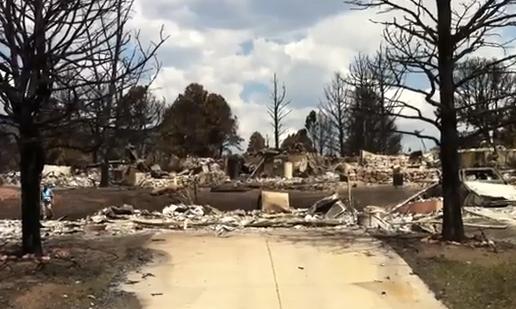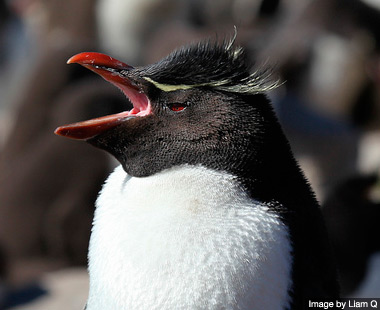Earlier this year, a slightly horrifying factoid made its way around the internet: Penguins poop so much that piles of their poop can be seen from space. But take heart, people who don’t like thinking about mountains of bird guano: It turns out that today’s penguin dung heap could be tomorrow’s source of nutrition for beautiful, fuzzy moss.
A team of Australian researchers were looking into the source of nutrients for these Antarctic plants, the BBC explains, and had narrowed it down to “nitrogen that’s gone through algae, krill and fish.” That food chain leads to seabirds — penguins — but the researchers were puzzled:
Since no penguins live on the elevated lakeside site in East Antarctica, the researchers had to work out where the mysterious seabird poo came from.
They realized that their moss beds were growing on the site of an ancient penguin colony.
“Between 3,000 and 8,000 years ago, on the site where the moss is now growing, there used to be [Adelie] penguins,” said Prof Robinson.
The moss growing on the penguin poop creates a tiny Antarctic jungle of lush green, which creates a habitat for insects and other tiny animals that can deal with cold. There is, however, a lot of this moss, which means that at one point there was a LOT of penguin poop lying around. Like, tons. Try not to think about that; maybe just focus on how nice and green it looks now.




